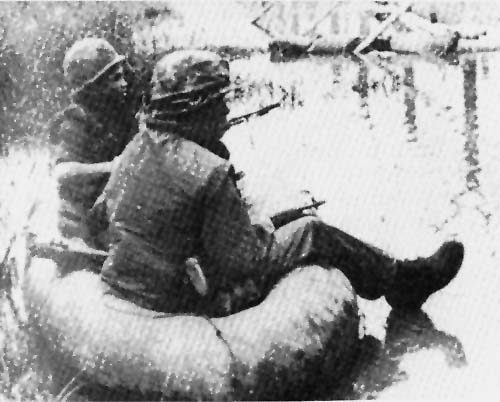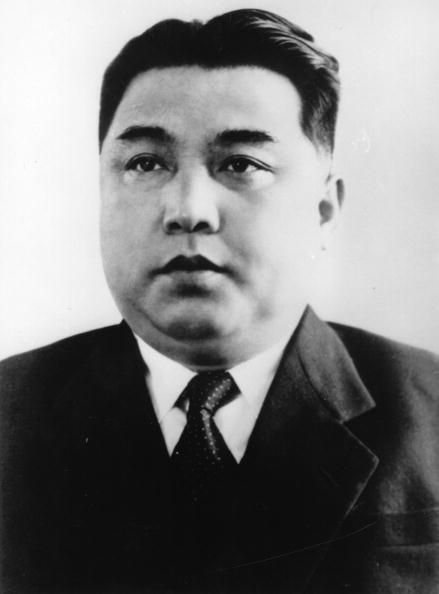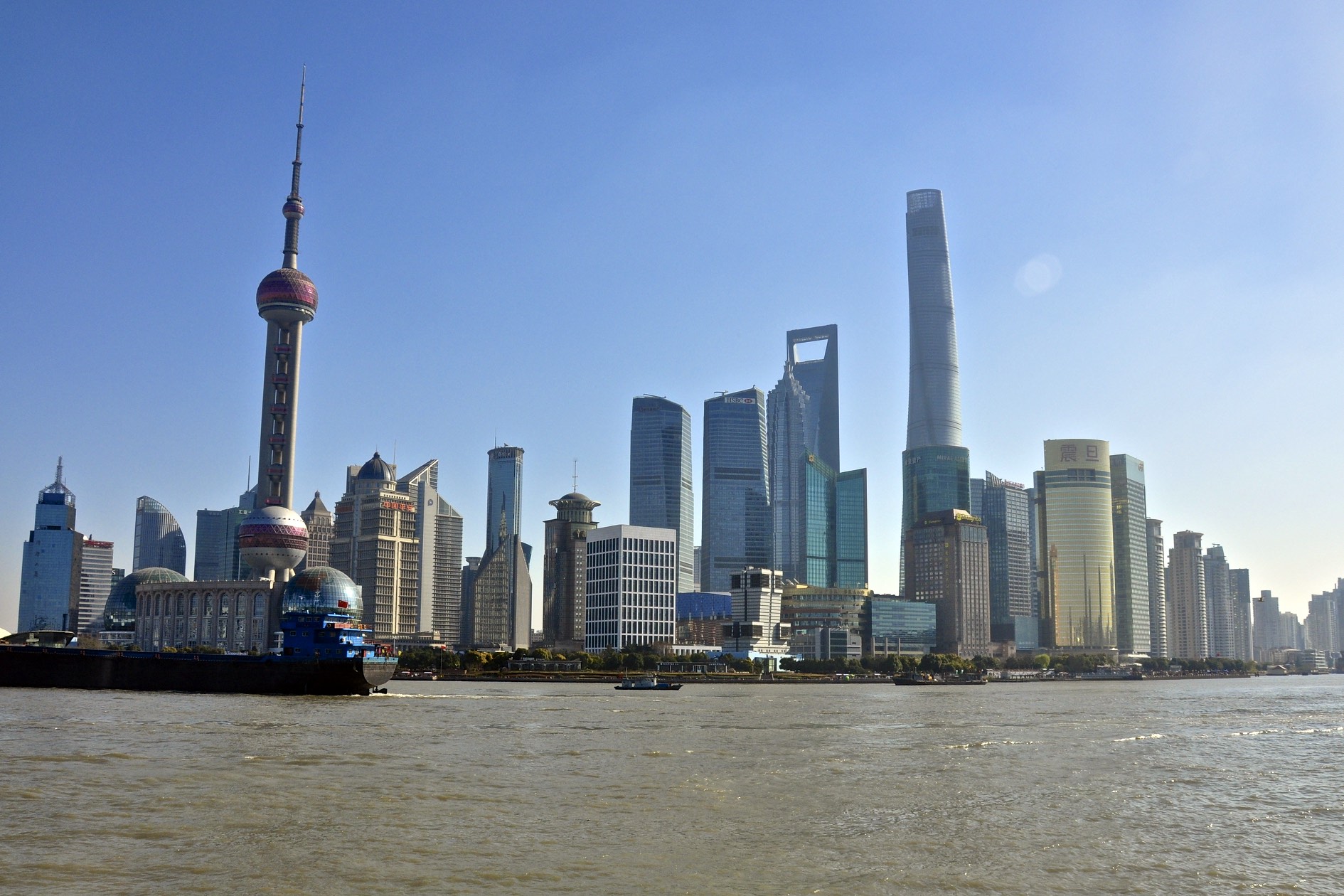|
1966 In North Korea
{{Asia-year-stub ...
Events from the year 1966 in North Korea. Incumbents *Premier: Kim Il Sung * Supreme Leader: Kim Il Sung Events * Beginning of Korean DMZ Conflict (1966–69) * 2nd Conference of the Workers' Party of Korea See also *Years in Japan *Years in South Korea References North Korea 1960s in North Korea Years of the 20th century in North Korea North Korea North Korea, officially the Democratic People's Republic of Korea (DPRK), is a country in East Asia. It constitutes the northern half of the Korea, Korean Peninsula and shares borders with China and Russia to the north, at the Yalu River, Y ... [...More Info...] [...Related Items...] OR: [Wikipedia] [Google] [Baidu] |
20th Century
The 20th (twentieth) century began on January 1, 1901 ( MCMI), and ended on December 31, 2000 ( MM). The 20th century was dominated by significant events that defined the modern era: Spanish flu pandemic, World War I and World War II, nuclear weapons, nuclear power and space exploration, nationalism and decolonization, technological advances, and the Cold War and post-Cold War conflicts. These reshaped the political and social structure of the globe. The 20th century saw a massive transformation of humanity's relationship with the natural world. Global population, sea level rise, and ecological collapses increased while competition for land and dwindling resources accelerated deforestation, water depletion, and the mass extinction of many of the world's species and decline in the population of others. Global heating increased the risk of extreme weather conditions. Additional themes include intergovernmental organizations and cultural homogenization through developments in em ... [...More Info...] [...Related Items...] OR: [Wikipedia] [Google] [Baidu] |
Korean DMZ Conflict (1966–69)
The Korean DMZ Conflict, also referred to as the Second Korean War by some, was a series of low-level armed clashes between North Korean forces and the forces of South Korea and the United States, largely occurring between 1966 and 1969 at the Korean DMZ. Background The Korean War had devastated both North and South Korea, and while neither side renounced its claims to reunify Korea under its control, neither side was in a position to force reunification. In September 1956, Chairman of the Joint Chiefs of Staff Admiral Radford indicated within the U.S. government that the military's intention was to introduce atomic weapons into Korea, which was agreed to by the United States National Security Council and President Eisenhower. However paragraph 13(d) of the Korean Armistice Agreement mandated that both sides could not introduce new types of weapons into Korea, so preventing the introduction of nuclear weapons and missiles. The U.S. decided to unilaterally abrogate paragraph 13 ... [...More Info...] [...Related Items...] OR: [Wikipedia] [Google] [Baidu] |
1960s In North Korea
Year 196 ( CXCVI) was a leap year starting on Thursday (link will display the full calendar) of the Julian calendar. At the time, it was known as the Year of the Consulship of Dexter and Messalla (or, less frequently, year 949 ''Ab urbe condita''). The denomination 196 for this year has been used since the early medieval period, when the Anno Domini calendar era became the prevalent method in Europe for naming years. Events By place Roman Empire * Emperor Septimius Severus attempts to assassinate Clodius Albinus but fails, causing Albinus to retaliate militarily. * Emperor Septimius Severus captures and sacks Byzantium; the city is rebuilt and regains its previous prosperity. * In order to assure the support of the Roman legion in Germany on his march to Rome, Clodius Albinus is declared Augustus by his army while crossing Gaul. * Hadrian's wall in Britain is partially destroyed. China * First year of the '' Jian'an era of the Chinese Han Dynasty. * Emperor Xian of ... [...More Info...] [...Related Items...] OR: [Wikipedia] [Google] [Baidu] |
1966 In Asia
Events January * January 1 – In a coup, Colonel Jean-Bédel Bokassa takes over as military ruler of the Central African Republic, ousting President David Dacko. * January 3 – 1966 Upper Voltan coup d'état: President Maurice Yaméogo is deposed by a military coup in the Republic of Upper Volta (modern-day Burkina Faso). * January 10 ** Pakistani–Indian peace negotiations end successfully with the signing of the Tashkent Declaration, a day before the sudden death of Indian prime minister Lal Bahadur Shastri. ** The House of Representatives of the US state of Georgia refuses to allow African-American representative Julian Bond to take his seat, because of his anti-war stance. ** A Commonwealth Prime Ministers' Conference convenes in Lagos, Nigeria, primarily to discuss Rhodesia. * January 12 – United States President Lyndon Johnson states that the United States should stay in South Vietnam until Communist aggression there is ended. * January 15 – 1966 Nigerian coup ... [...More Info...] [...Related Items...] OR: [Wikipedia] [Google] [Baidu] |
1966 In North Korea
{{Asia-year-stub ...
Events from the year 1966 in North Korea. Incumbents *Premier: Kim Il Sung * Supreme Leader: Kim Il Sung Events * Beginning of Korean DMZ Conflict (1966–69) * 2nd Conference of the Workers' Party of Korea See also *Years in Japan *Years in South Korea References North Korea 1960s in North Korea Years of the 20th century in North Korea North Korea North Korea, officially the Democratic People's Republic of Korea (DPRK), is a country in East Asia. It constitutes the northern half of the Korea, Korean Peninsula and shares borders with China and Russia to the north, at the Yalu River, Y ... [...More Info...] [...Related Items...] OR: [Wikipedia] [Google] [Baidu] |
Years In South Korea
This is a list of years in South Korea. See also the timeline of Korean history. For only articles about years in South Korea that have been written, see :Years in South Korea. Twenty-first century Twentieth century See also * List of years in North Korea * List of years by country * Timeline of Korean history This is a timeline of the history of Korea. Some dates prior to the 5th century are speculative or approximate. Early history *2333 BC: Legendary establishment of Gojoseon by Dangun. * : "An extreme manifestation of nationalism and the family c ... *List of years in Korea prior to 1945 {{DEFAULTSORT:Years in Jordan History of South Korea South Korea-related lists Korea South ... [...More Info...] [...Related Items...] OR: [Wikipedia] [Google] [Baidu] |
Years In Japan
This is a list of years in Japan. See also the timeline of Japanese history. For only articles about years in Japan that have been written, see :Years in Japan. List of years in Japan First century Seventh century Eighth century Ninth century Tenth century Eleventh century Twelfth century Thirteenth century Fourteenth century Fifteenth century Sixteenth century Seventeenth century Eighteenth century Nineteenth century Twentieth century Twenty-first century See also * Timeline of Japanese history {{DEFAULTSORT:Years in Japan Japan history-related lists Japan Japan ( ja, 日本, or , and formally , ''Nihonkoku'') is an island country in East Asia. It is situated in the northwest Pacific Ocean, and is bordered on the west by the Sea of Japan, while extending from ... [...More Info...] [...Related Items...] OR: [Wikipedia] [Google] [Baidu] |
2nd Conference Of The Workers' Party Of Korea
The 2nd Conference of the Workers' Party of Korea was held in Pyongyang in October 1966. At the time the domestic and international situation of the Korean Workers' Party was complicated by the Sino-Soviet split, which had caused a rift among communist countries and parties. Kim Il Sung delivered the report ''The Present Situation and the Tasks of Our Party'' which emphasized unity between socialist countries and within the international communist movement, as well as directing the main blow to United States imperialism, particularly with regards to the Vietnam War. He also emphasized the need for "politico-ideological unity of the revolutionary ranks".''Understanding Workers Party of Korea'' Pyongyang; Foreign Languages Publishing House Juche 105 (2016) pp.102-4 Following the conference, a group called the "Kapsan faction" started voicing opinions critical of Kim Il Sung. The internal differences within the party culminated to a purge called the Kapsan Faction Incident that left K ... [...More Info...] [...Related Items...] OR: [Wikipedia] [Google] [Baidu] |
Supreme Leader Of North Korea
The supreme leader () of North Korea is the ''de facto'' paramount leader of the Workers' Party of Korea, the state and the Korean People's Army. The title has not been written into the national constitution as a separate office, but it currently states that the president of the State Affairs Commission is the supreme leader of North Korea. Likewise, according to the WPK Charter, the general secretary of the WPK is the supreme leader of the Workers' Party. Formerly, under Kim Jong-il, this title was bestowed on the office of Chairman of the National Defence Commission, who was also the WPK general secretary. The first leader of the state prior to the existence of North Korea was Terenty Shtykov who served as the head of the Soviet Civil Administration, the governing authority controlled by the Soviet Union that ruled the northern half of Korea from 1945 to 1948. The first priority political position of the supreme leader is the leadership of the Workers' Party. That post was ti ... [...More Info...] [...Related Items...] OR: [Wikipedia] [Google] [Baidu] |
21st Century
The 21st (twenty-first) century is the current century in the ''Anno Domini'' era or Common Era, under the Gregorian calendar. It began on 1 January 2001 ( MMI) and will end on 31 December 2100 ( MMC). Marking the beginning of the 21st century was the rise of a global economy and Third World consumerism, deepening global concern over terrorism after 11 September 2001, terrorist attacks and increased private enterprise. The NATO interventions in Afghanistan and Iraq of the early 2000s and overthrowing several regimes during the Arab Spring of the early 2010s led to mixed outcomes in the Arab world, resulting in several civil wars and political instability. The United States has remained the global superpower, while China is now considered an emerging superpower. In 2017, 49.3% of the world's population lived in "some form of democracy", though only 4.5% lived in "full democracies". The United Nations estimates that by 2050 two thirds of the world's population will be urbani ... [...More Info...] [...Related Items...] OR: [Wikipedia] [Google] [Baidu] |
Kim Il Sung
Kim Il-sung (; , ; born Kim Song-ju, ; 15 April 1912 – 8 July 1994) was a North Korean politician and the founder of North Korea, which he ruled from the country's establishment in 1948 until his death in 1994. He held the posts of Premier from 1948 to 1972 and President from 1972 to 1994. He was the leader of the Workers' Party of Korea (WPK) from 1949 to 1994 (titled as Chairman from 1949 to 1966 and as General Secretary after 1966). Coming to power after the end of Japanese rule in 1945, he authorized the invasion of South Korea in 1950, triggering an intervention in defense of South Korea by the United Nations led by the United States. Following the military stalemate in the Korean War, a ceasefire was signed on 27 July 1953. He was the third longest-serving non-royal head of state/government in the 20th century, in office for more than 45 years. Under his leadership, North Korea was established as a socialist state with a centrally planned economy. It had cl ... [...More Info...] [...Related Items...] OR: [Wikipedia] [Google] [Baidu] |
Premier Of North Korea
The Premier of the Cabinet () is the head of government of North Korea and a key adviser to the Supreme Leader of North Korea. The office is also alternatively known as Prime Minister of North Korea. The prime minister of North Korea is the head of government of North Korea, and appointment requires approval from the nation's parliament, the Supreme People's Assembly. The current premier is Kim Tok-hun, who is also a member of the Presidium of the Politburo of the Workers' Party of Korea. History Originally, under the 1948 Constitution of the DPRK, the Premier was the highest state post in North Korea. Kim Il-sung himself inaugurated the post, keeping it for 24 years until 1972, while the ceremonial role of the head of State rested in the Chairman of the Standing Committee of the Supreme People's Assembly. The 1972 Constitution created the post of President of the DPRK, which replaced the premiership as the top state post. The executive presidency was created with Kim in ... [...More Info...] [...Related Items...] OR: [Wikipedia] [Google] [Baidu] |




